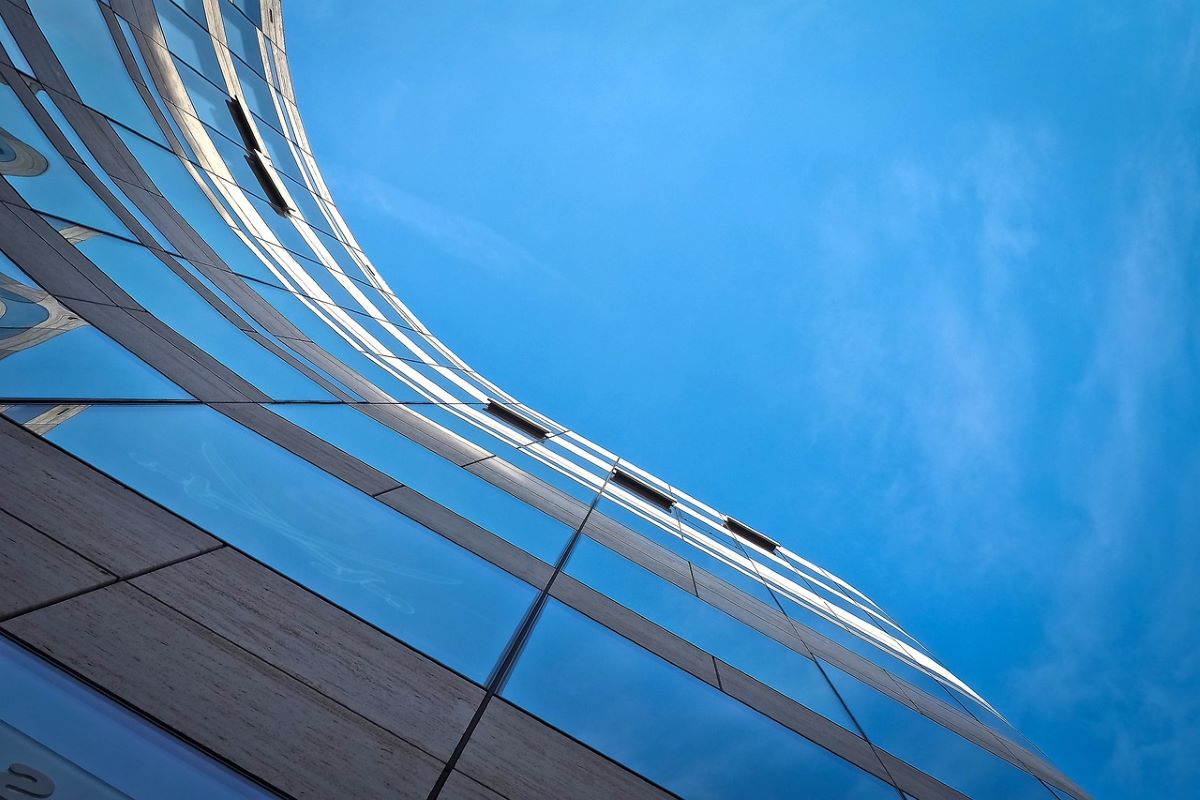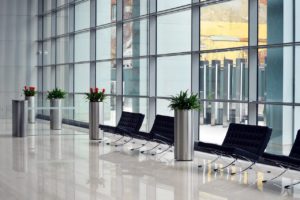
Natural light has the power to transform the look and feel of any building. From creating a sense of spaciousness to improving productivity and well-being, natural light is an essential consideration in building design. As architects and designers continue to explore new ways of incorporating natural light into their designs, materials like aluminium cladding and rainscreens are becoming increasingly popular. In this article, we will explore the power of natural light in building design and the role that different materials play in creating a well-lit and visually appealing space.

The benefits of natural light in building design are numerous. From a health perspective, natural light has been shown to boost mood, productivity and well-being. Exposure to natural light has been linked to a reduction in stress and an improvement in sleep patterns. When it comes to building design, incorporating natural light can help to create a welcoming and inviting space. Natural light can also help to reduce energy consumption by reducing the need for artificial lighting, leading to cost savings and a reduced carbon footprint.
One of the key considerations when incorporating natural light into a building design is the use of glazing. Glazing refers to the use of glass or other transparent materials in a building’s façade to allow natural light to penetrate the interior. However, simply incorporating glazing into a design is not enough. The location and orientation of the glazing, as well as the type of glass used, can have a significant impact on the amount and quality of natural light that enters a building.
One material that has become increasingly popular in building design in recent years is aluminium cladding. It is a lightweight, durable and versatile material that can be used in a range of applications, from façades to roofing systems. The cladding can be coated with a range of finishes to create a visually striking and low-maintenance exterior for a building. When it comes to natural light, aluminium cladding can be used to create a reflective surface that bounces natural light deeper into a building’s interior.
Rainscreens are another material that is becoming more commonly used in building design. Rainscreens are essentially a double-wall system that is used to provide a buffer between the exterior of a building and the interior. The outer layer of the rainscreen is designed to provide protection against the elements, while the inner layer is designed to provide insulation and reduce energy consumption. These can be made from a range of materials, including aluminium cladding, and can be designed to incorporate glazing to allow natural light to penetrate the building’s interior.
Incorporating natural light into a building’s design can have a significant impact on the well-being and productivity of its occupants. However, it is important to ensure that the use of natural light is balanced with other considerations, such as energy efficiency and thermal comfort. One way to achieve this balance is through the use of shading devices, such as louvres or blinds, that can be used to control the amount of natural light that enters a space.
Another consideration when incorporating natural light into a building’s design is the use of colour. Light-coloured surfaces, such as walls and ceilings, can help to reflect natural light deeper into the space, creating a brighter and more visually appealing interior. This is where materials like aluminium cladding can play an important role. By choosing a light-coloured finish for the cladding, designers can help to maximise the amount of natural light that enters a building.
All in all, the power of natural light in building design cannot be overstated. From improving well-being to reducing energy consumption, natural light has a range of benefits that make it an essential consideration in any building design.
By considering the role that natural light plays in building design and the materials that can help to maximise its benefits, designers can create buildings that are not only beautiful but functional and sustainable as well.






